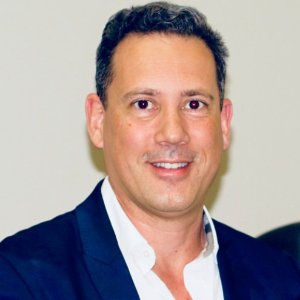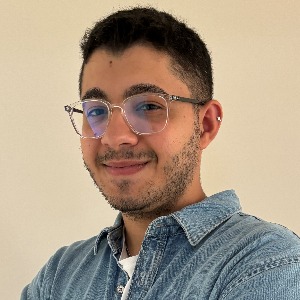Developmental Rehabilitation
Developmental Neurorehabilitation attempts to help people with brain injuries, neurological diseases, and other developmental, physical, and intellectual challenges improve their recovery, rehabilitation, and education. Although the focus is on children, developmental disabilities can affect people throughout their lives. Rehabilitation can help people with a wide range of health problems, including acute and chronic diseases, illnesses, and injuries. It can also be used in conjunction with other health interventions, such as medical and surgical treatments, to help get the best potential results. Rehabilitation can, for example, aid in the reduction, management, or prevention of consequences linked with a variety of medical conditions, such as a spinal cord injury, a stroke, or a fracture. Occupational and physical therapists have a long history of working with new-borns and children with developmental disorders. A variety of factors have influenced the nature of therapeutic interventions provided by these professionals in recent years. Medical advances that have improved the survival of children with prematurity and traumatic brain injury have resulted in the challenge of developing new therapeutic methods and technological support for these growing populations.
- Neurodevelopmental disorders
- Rehabilitation for Developmental Disabilities

Jay Spector
American Academy of Podiatric Sports Medicine (AAPSM), United States
Marcia J Scherer
Institute for Matching Person and Technology, United States
Marcos Brioschi
American Academy of Thermology, United States
Blair Gorenberg
Shirley Ryan Abilitylab, United States
Roberta Sartori
IRCCS Materno-Infanitle Burlo Garofolo, Italy
Cho Li Yin
Taichung Veterans General Hospital - VGHTC, Taiwan




Title : Best practice guidelines for the use of pharmacological neuromodulation in disorders of diminished motivation: A comprehensive approach
Vaidya Balasubramaniam, Illawarra and Shoalhaven Local Health District Hospitals, Australia
Title : A forgotten component of knee osteoarthritis
Ron Blehm, EEI Physio LLC, United States
Title : Functional outcomes of DSSA-Based pelvic rehabilitation combined with manual therapy and electrostimulation in men after oncologic surgery: A retrospective case series
Eren Uyar, Fizyomen Physiotherapy & Rehabilitation Center, Turkey
Title : We are living and working in the age of individualization
Marcia J Scherer, Institute for Matching Person and Technology, United States
Title : Efficacy of Inspiratory Muscle Training (IMT) in post-weaning ICU recovery: A clinical randomized controlled trial
Warda Khan, Chongqing Medical University, Pakistan
Title :
Subramanya Adiga, Middlemore Hospital, New Zealand